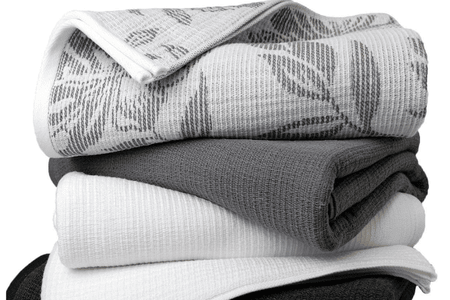Indian textile sector wants govt to provide conducive environment
YarnsandFibers News Bureau 2015-09-14 10:00:00 – ChennaiThe Indian textile industry wants the government to create a conducive environment as they see a revival of demand in Europe and US markets by the end of this financial year for which the sector is not adequately prepared to grab the opportunity.
According to D K Nair, secretary general, Confederation of Indian Textile Industry, since the global meltdown struck India’s key markets, demand has slowed down. But the US market is on the revival path. In Europe, the Greece problem has largely receded and the European economy too should get better in the coming quarters. So, by the end of the financial year, they expect textile demand to go up significantly.
The Indian textiles industry has been in bad shape for some time now, added to which are the current problems affecting cotton and cotton yarn — the changing Chinese import policy has led to a situation of surplus stocks.
China being the largest importer of both, lower offtake has forced many spinning mills to work on lesser number of shifts and some to even close down. In the case of garments and apparels, Indian exporters have to pay 16 percent import duty while shipping to its largest market Europe, while competitors like Cambodia, Vietnam and Pakistan enjoy zero per cent duty. Indian exports will grow significantly if the country signs a free trade agreement with Eurozone. The industry has been asking the government to move forward on this for quite some time now, Nair added.
K Selvaraju, secretary general, South Indian Mills Association said that they need a level playing field. Increase in exports of garments, made-ups and apparels would help clear the glut in upstream segments like cotton and cotton yarn. The fabric units could increase their production for the garment industry and absorb the surplus stocks of yarn. This value-addition would also help the industry earn more foreign exchange compared with what it receives by shipping cotton or yarn. Revival of Chinese cotton and yarn imports is also not likely to happen, Selvaraju felt.
According to Selvaraj,when it comes to yarn, most spinning mills are facing working capital crunch with the subsidies under the technology upgradation fund scheme (TUFS) still pending. Subsidy amounting to Rs 3,000 crore has been pending since 2010 and the incentive under focus market scheme has also been withdrawn,†he added. Under the TUFS scheme, there was 10 percent capital subsidy and 5 percent interest subsidy for processing and technical textiles. Shuttle looms and shuttle-less weaving too used to receive TUFS subsidies. Tamil Nadu alone has a pending payment of Rs 1,500 crore.
The payment of subsidies will at least solve the working capital problems of the mills. This will help stem the losses of a lot of spinning mills. Tamil Nadu, accounts for one-third of the textile production of the country, has seen investments go down since 2008. Even after the power problem receded, investors are not back. The state used to bag annual investments of over Rs 20,000 crore prior to 2008, and this has come down to a maximum of Rs 3,000 crore a year.
This is not just been experienced in Tamil Nadu phenomenon but investments are not happening in other textile hubs of the country as well.
In the recently concluded Global Investors Meet in Chennai, the industry could garner a meagre 0.8 per cent of the total investment commitments which amounted to Rs 1,955 crore.
Market Intelligence
Ask for free sample Report

experience
Customer Base
dedicated team
Countries Served Worldwide









